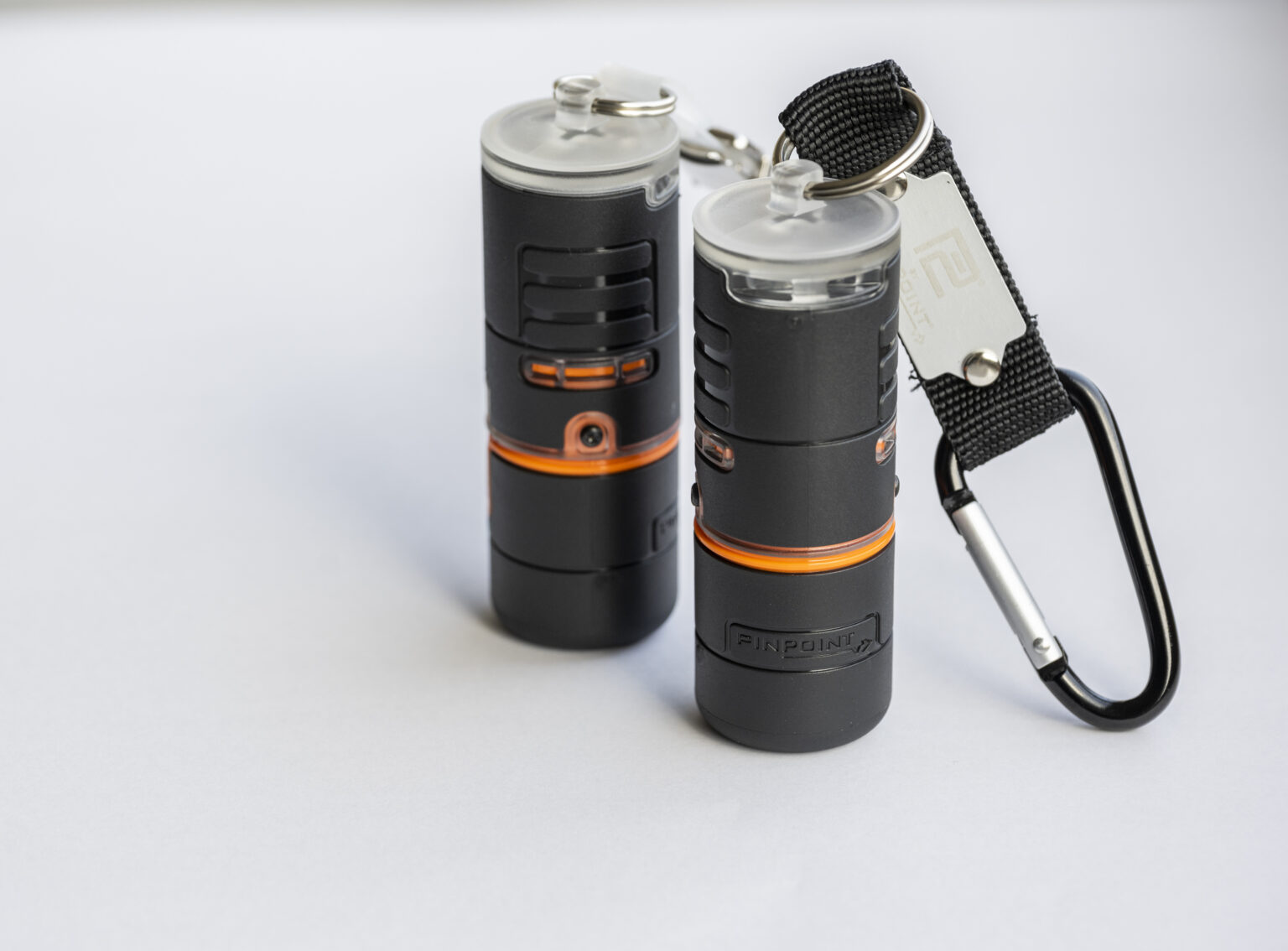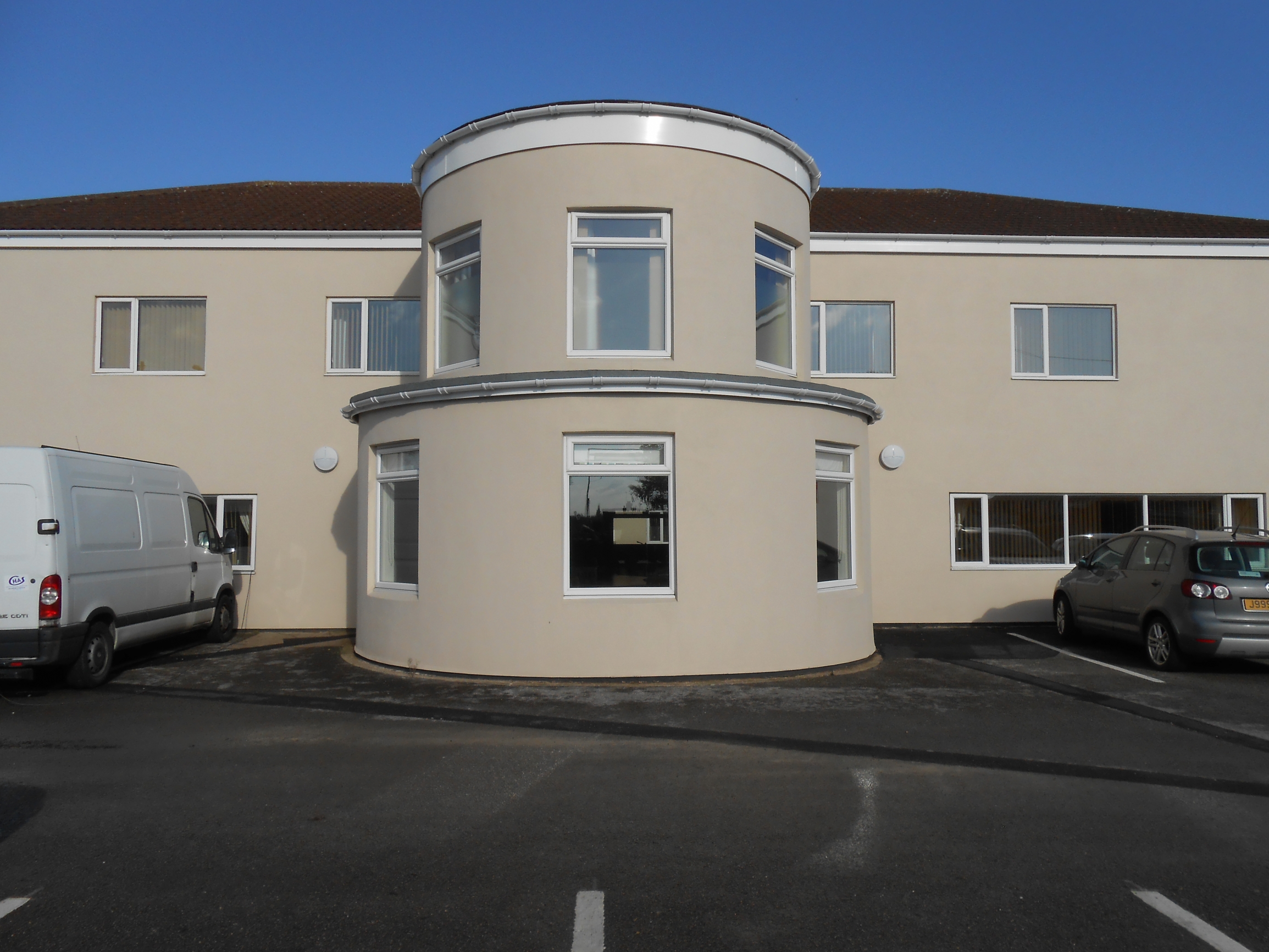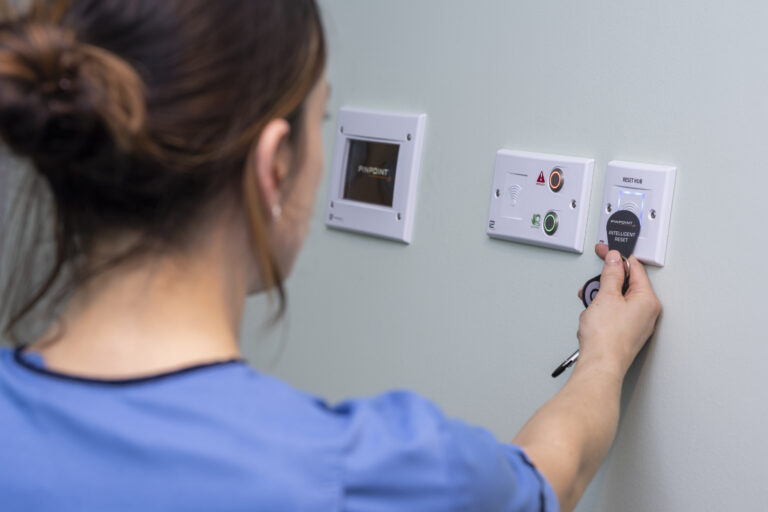No products in the cart.
Personal Infrared Transmitters (PITs) serve as staff panic alarms. When activated, they relay information to displays or devices, aiding response teams in identifying the caller, location, and nature of the call. It's important to note that PITs aren't universally applicable; different types suit different work environments.
Our Sales Engineer in Ireland, John McSwiggan, offers expert guidance on navigating common PIT-related enquiries, helping you find the right fit for your business.
What are the primary functions of Personal Infrared Transmitters (PITs) and how do they enhance safety in various environments?
As soon as the PIT is activated, whether by pressing a button or pulling the Transmitter from its pin, the system springs into action. Utilising an innovative infrared system, it reflects off walls and ceilings, triggering the alarm in a room or corridor, even if the Transmitter is on the floor. There is no need to point at the Receiver Unit – it’s that efficient.
Can you explain the activation process for different types of PITs, such as the Perpetual PIT, Badge PIT, and Battery PIT?
Twin-Code Perpetual PIT & Twin-Code Battery PIT
These PITs should ideally be always worn by staff either attached to a belt or some other suitable piece of clothing to allow easy access. The PIT mustn't be in a position where it can be activated accidentally as this is a button-activated alarm. To operate the 'ASSISTANCE' call (or stage 1), the staff member in a tense scenario simply pushes the black button on the base of the PIT. To operate the 'EMERGENCY' call or a more serious incident, the staff member can pull the PIT from its retaining pin. This instantly floods the area with a coded infrared signal that is different from the 'call' or 'assistance'. The nearest Infrared Receiver Unit is immediately activated. You do not need to point the Transmitter at a Receiver Unit if inside a building.
Twin-Code Badge PIT
The Badge PIT operates as both a PIT and a standard ID badge holder. The method of attachment should adhere to internal protocol. This is generally around the neck via an anti-ligature lanyard or on a belt at waist level using a clip. The Badge PIT is operated by pressing the large rubber button on the reverse side to trigger its primary level of call, whatever has been set by the organisation. With Twin Code Badge PITs, however, the Assistance level of call is activated by pressing the small button on the top left of the reverse side. The standard ID badge is inserted into the card slot at the front of the Badge PIT.
How does the battery-free Perpetual PIT differ from the Battery PIT, and what are the advantages and disadvantages of each in terms of power source?
Both the Perpetual PIT and Battery PIT operate at the same high standard when it comes to staff protection however there is a difference in how each PIT is powered. The Battery PIT utilises a long-life custom-made battery, which may require replacement based on usage. This replacement process can be easily conducted by the end-user on-site.
On the other hand, the Perpetual PIT is rechargeable and can be quickly recharged in less than 30 seconds. Opting for the Perpetual PIT not only reduces running costs but also aligns with more environmentally conscious choices.
Could you describe the various call levels available in PITs, such as Assistance, Emergency, and Patient Calls, and when each should be utilised?
ASSISTANCE calls are typically employed in low-risk scenarios, requiring a calm response with minimal stress. It's worth noting that all Assistance calls can be escalated to Emergency status using the same PIT device.
EMERGENCY calls, on the other hand, are reserved for high-risk situations necessitating a full response team to address potentially violent incidents.
PATIENT CALL serves service users and can be activated either through a fixed call button or by utilising the Pinpoint Wrist PIT.
What measures are in place to ensure the reliability of PITs during emergencies?
It all starts with staff training, ensuring end users know how to test their PITs before every shift, always wearing them and in the appropriate manner to ensure the longevity of the device. We offer comprehensive training videos to staff on how to use these PITs as well as in person training to give staff the necessary knowledge on how to best use and care for these devices.
What materials are used in the construction of the WristPIT, and how does this contribute to its durability?
The WristPIT stands out as a safety alarm primarily tailored for patients. Designed to be worn around the wrist, special attention was given to durability and hygiene throughout its design and production phases. In addition to incorporating antimicrobial materials, the WristPIT boasts water resistance, capable of withstanding showers and brief submersion.
Distinguished from our other PIT products, this device is exclusively crafted for patient use, emitting a specific PATIENT CALL signal rather than the standard ASSISTANCE or EMERGENCY calls. Activation is straightforward—just press the membrane "CALL" button— crucial for patients who may be considered vulnerable.
Do you offer any warranty or guarantee on PITs? Are upgrades needed/included as part of the service?
Our PITs are crafted to the highest standards and comply with rigorous industry guidelines. Moreover, they are backed by a variety of warranties to provide extra reassurance, including our hassle-free 5-year policy.
While we have full confidence in the quality of our products, we recognise the demanding environments they are subjected to. Therefore, durability is paramount. However, given their usage, accidental damage is not uncommon.
For instance, over the past year, 20% of our PIT products were returned due to accidental water damage. Fortunately, these incidents are covered by our new extended warranty program. Further details about this program can be found here.
Are you interested in installing Pinpoint’s staff safety alarms in your workplace? Get in touch with our Irish team here to discuss further.






